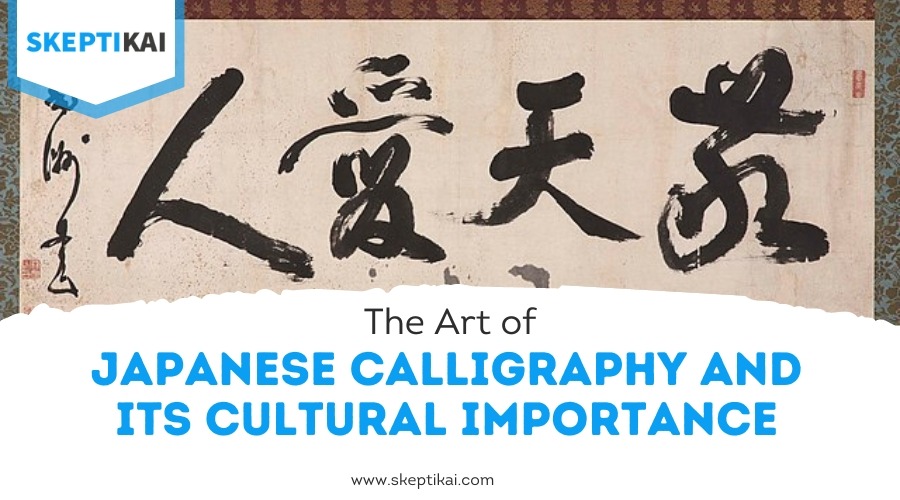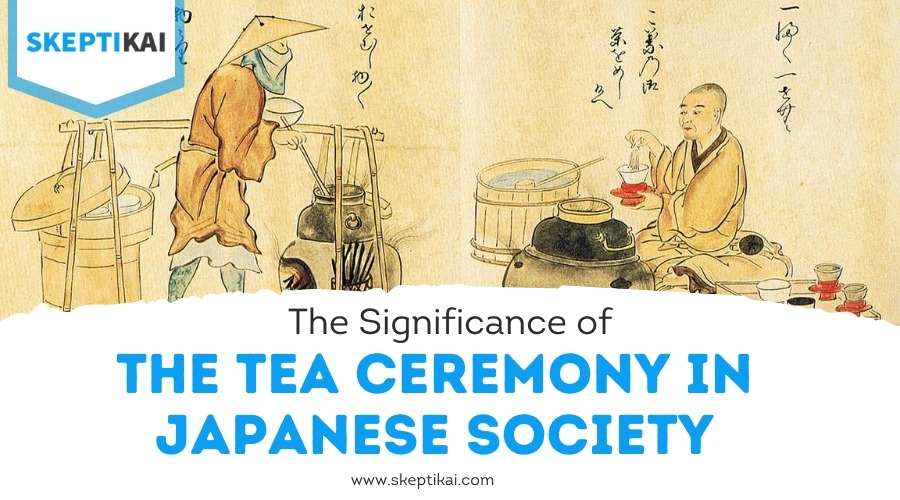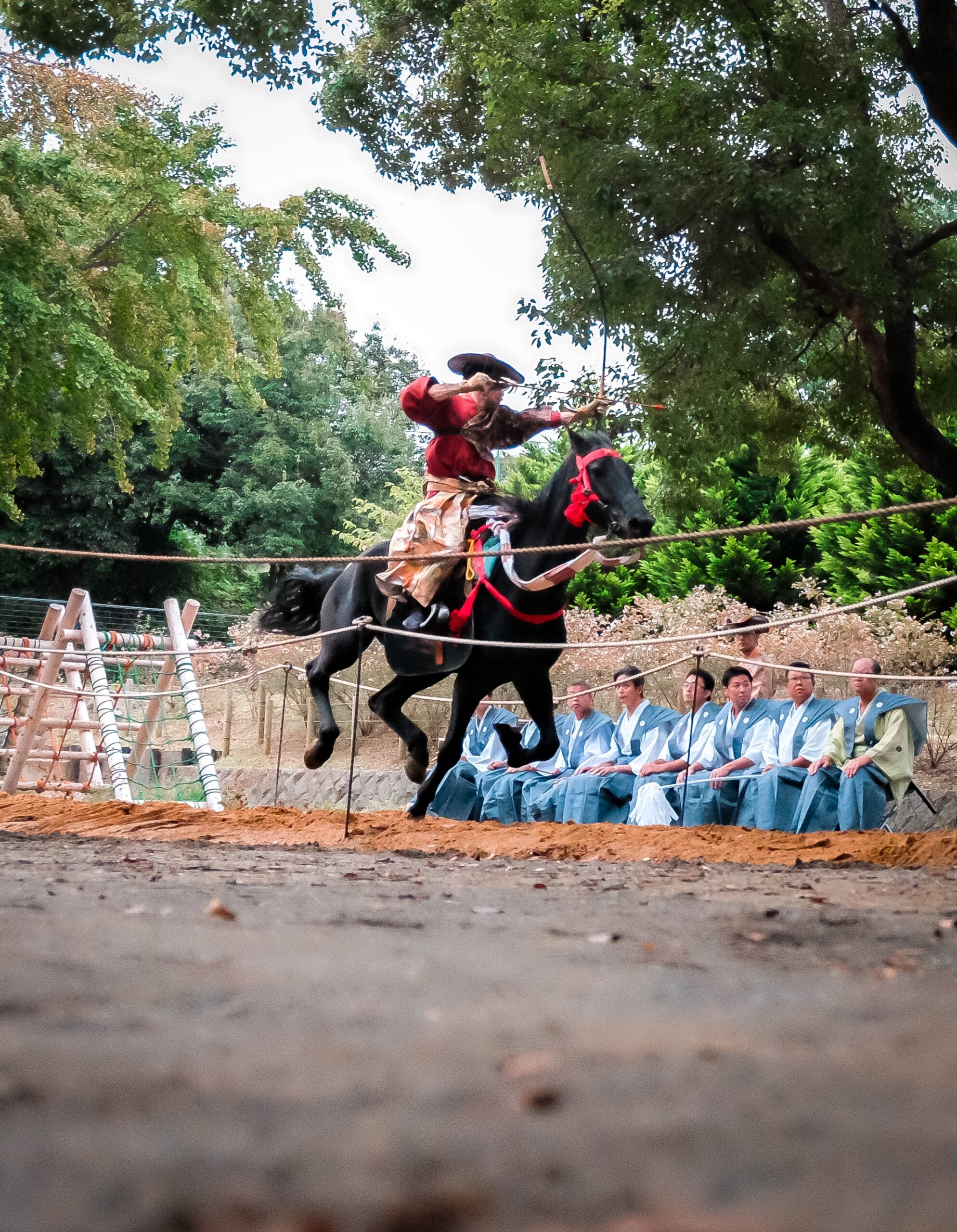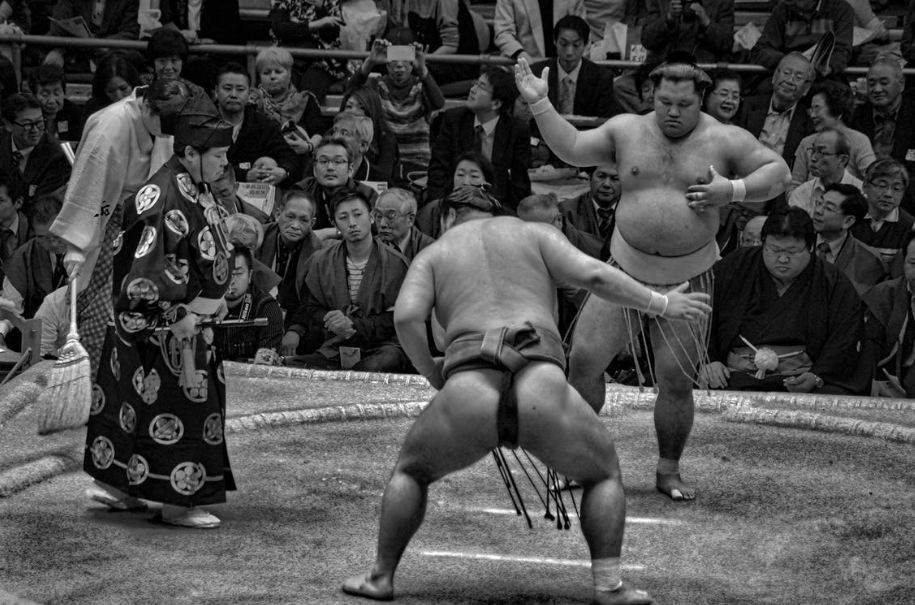How Did the Nara and Heian Periods Impact Japanese Culture?

The Nara and Heian periods transformed Japanese culture greatly. During these times, Buddhism became a central spiritual force, influencing daily life and societal norms. Temples and meditation practices provided new spiritual insights. Art and architecture flourished, showcasing majestic temples and elegant paintings like the Yamato-e style. Literature boomed with masterpieces such as "The Tale of Genji," enriching Japanese aesthetic and storytelling traditions. Courtly culture thrived, emphasizing refinement and sophistication in poetry and the arts. The adaptation of foreign ideas and the development of Kana writing molded a distinctive Japanese identity. Ignite your curiosity to investigate these influential periods further.
Emergence of Buddhism
During the Nara and Heian periods, Buddhism emerged as a dominant spiritual and cultural force in Japan. You'd notice how Buddhist practices began to weave into the daily lives of the people, influencing not just their spiritual pursuits but also their societal norms. The establishment of temples became a significant part of this transformation, with elaborate temple construction projects reflecting the importance of Buddhism. These temples weren't just places of worship; they became centers for learning and community gatherings. Likewise, Shinto shrines continued to serve as community spaces, illustrating the enduring legacy of Japan's indigenous traditions alongside the rise of Buddhism.
As you explore deeper, you'll find that monk communities played a vital role in spreading spiritual teachings across the country. Monks dedicated their lives to studying and interpreting Buddhist doctrines, ensuring that these teachings reached a broader audience. They often traveled, sharing insights and guiding people in their spiritual paths.
Buddhism's emphasis on meditation and ethical living might have inspired you to adopt new practices in your daily routine. Observing the disciplined lives of monks could foster a desire for personal growth and self-reflection. This period marked a profound shift in how spirituality was perceived, conveying a message of peace and enlightenment that resonated throughout Japan.
Influence on Art and Architecture
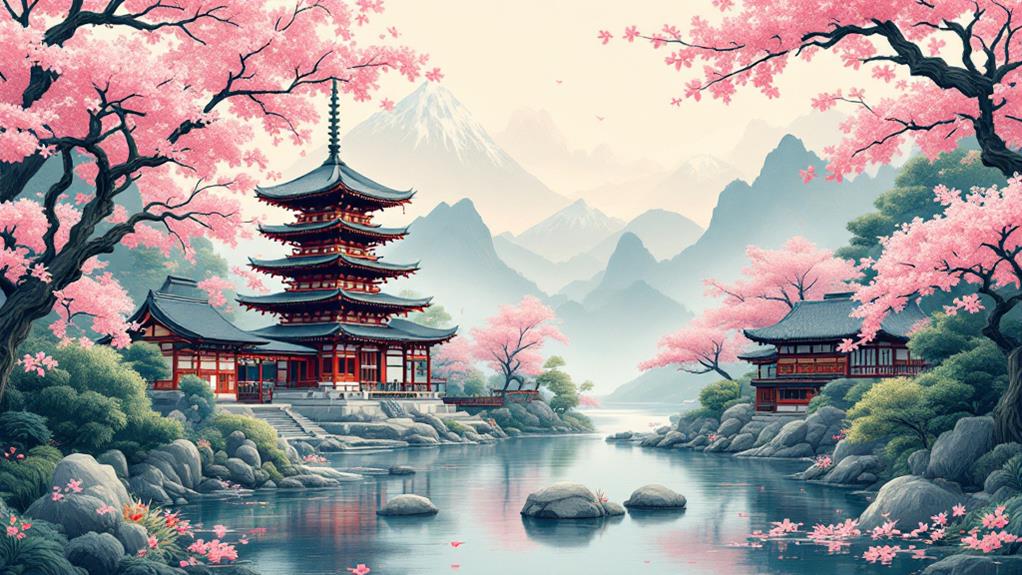
The Nara and Heian periods left an indelible mark on Japanese art and architecture, manifesting in stunning, intricate works that continue to captivate. During these ages, you'll notice the prominence of temple design, characterized by the influence of Chinese architecture. Temples like Todai-ji in Nara showcase massive wooden structures with sweeping roofs, embodying a grand yet serene beauty. These designs weren't just about size, though; they emphasized harmony with nature, integrating gardens and open spaces that invite tranquility. This harmony is reminiscent of the way Japanese temples like Ginkaku-ji reflect centuries of spiritual and architectural wisdom, emphasizing the timeless appeal of traditional design principles. Regarding artistic techniques, you see a shift toward more refined and elegant styles. The Heian period, in particular, saw the rise of Yamato-e, a distinctly Japanese painting style. This technique focused on capturing the essence of Japanese landscapes and courtly life with soft colors and flowing lines. Sculpture flourished too, with artists creating lifelike representations of deities using sophisticated carving methods and materials like wood and lacquer.
You can't overlook the impact of these periods on Japanese architecture and art. They set the foundation for future innovations while preserving a distinct cultural identity. This legacy continues to inspire and influence Japanese artists and architects today.
Development of Japanese Literature
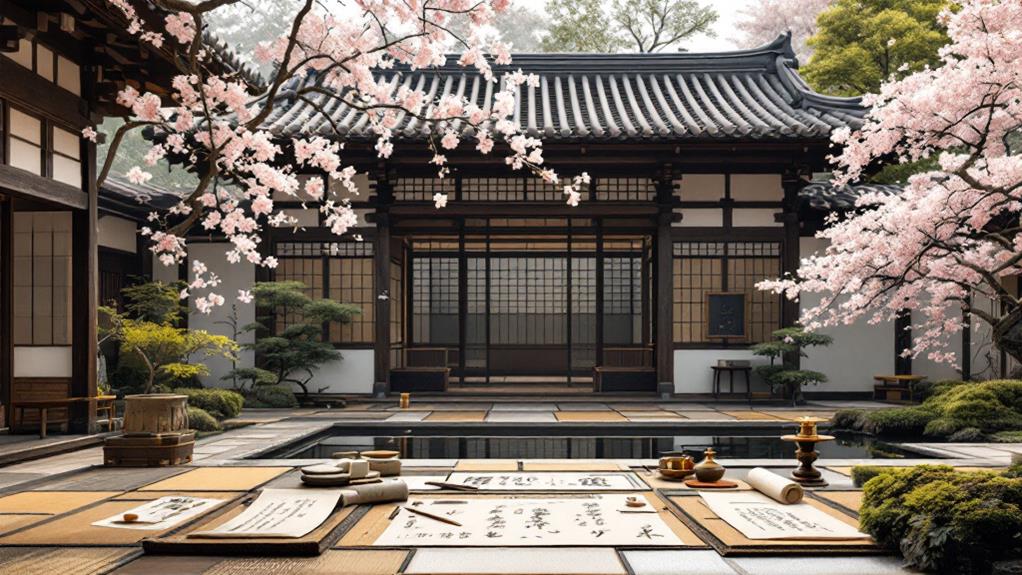
Literature in the Nara and Heian periods blossomed into a rich tapestry that shaped Japan's literary legacy. During these epochs, writing became not just a means of communication but an art form. You'd see the emergence of tale aesthetics, where stories were crafted with an emphasis on beauty and emotional depth. One of the most famous works from this time is "The Tale of Genji," a masterpiece that set the standard for narrative elegance and complexity.
Poetry also flourished, with new poetic forms like the waka gaining prominence. In these times, poetry wasn't just a pastime; it was an essential mode of expression. You'd find it ingrained in daily life, from personal correspondence to courtly exchanges. The renowned "Kokinshu" anthology compiled numerous poems, showcasing the artistry and emotional range of Japanese poets.
Writers and poets of the Nara and Heian periods didn't just record events; they shaped cultural values and aesthetics that resonated through the centuries. As you explore these literary works, you'll uncover how these formative periods laid the groundwork for Japan's rich literary tradition, blending storytelling and poetry into a harmonious cultural expression.
Evolution of Courtly Culture

As you move from the literary brilliance of the Nara and Heian times, you'll find that courtly culture also underwent a remarkable transformation. During these phases, the aristocratic lifestyle flourished, profoundly shaping Japanese culture. You'd notice that the courtly ways of life became increasingly sophisticated, with a strong emphasis on elegance and refinement.
Poetic traditions played a crucial role in this cultural evolution. Aristocrats engaged in waka poetry, a popular form of expression that demanded creativity and wit. You'd often find them exchanging verses during social gatherings, turning poetry into both an art form and a social tool. This practice wasn't just for entertainment; it was a means of communication, allowing individuals to convey emotions and intellect subtly.
Moreover, the aristocratic lifestyle encompassed an appreciation for aesthetics, including the art of calligraphy, fashion, and music. You'd see that courtly culture was all about cultivating a persona of grace and sophistication. The Heian court, in particular, became a hub for artistic and cultural endeavors, further solidifying these traditions. As you delve into this period, you'll understand how courtly culture left an indelible mark on Japan's history, influencing arts and social customs profoundly.
Formation of Japanese Identity

Amid the cultural transformations of the Nara and Heian periods, Japanese identity began taking shape in distinctive and lasting ways. You see a fascinating blend of cultural synthesis during these times, where imported ideas from China and Korea were adapted to fit Japan's particular needs. The emergence of a written system, Kana, allowed for the expression of local language and culture, strengthening national identity. This adaptation wasn't just about copying but transforming these influences into something distinctly Japanese.
Regional diversity played a critical role in shaping identity, as local customs and traditions contributed to a rich tapestry of cultural practices. Each region developed its own particular flavor, contributing to a broader sense of what it meant to be Japanese. These diverse practices were celebrated and shared, leading to a stronger, unified identity.
Here's how you can see this cultural synthesis and regional diversity at work:
- Literature: The Tale of Genji blends foreign storytelling techniques with Japanese themes.
- Religion: Buddhism and Shintoism coexist, reflecting a fusion of imported and indigenous beliefs.
- Art and Architecture: Structures like the Todai-ji Temple showcase a blend of styles and local craftsmanship.
Through these elements, Japan forged an identity that still connects today.
